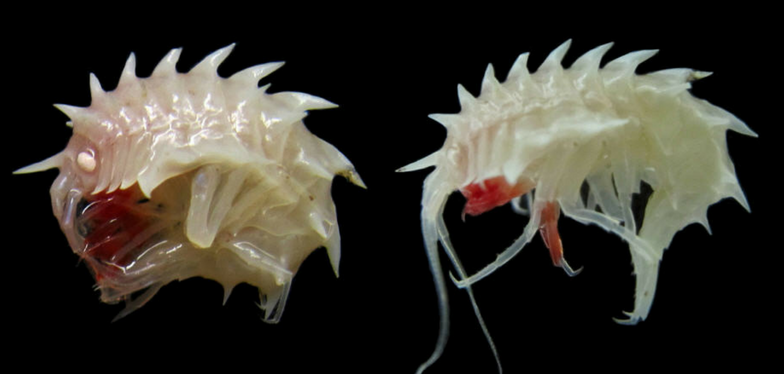Belgian biologists discover new life in Antarctica
The Belgian biologists Marie Verheye and Cédric d'Udekem d'Acoz have discovered 28 new species of gammarus in Antarctica. In doing so they immediately double the number of known species for such creatures.

The waters around Antarctica still hold plenty of secrets. Researchers regularly find new species, such as the many gammarus or amphipods on this occasion. These are small crustaceans measuring between 2 and 8 centimetres. The nature of the 28 new discoveries is rather varied. Some have large teeth, others have spines on their bodies making them look rather like dragons. The tiny lobsters seem to thrive quite happily in water that drops to an average temperature of -1.7 degrees Celsius in the winter.
Marie Verheye and Cédric d'Udekem d'Acoz are entitled to choose names for these new species, having discovered them. They turned to literature and mythology for inspiration. So there is now a tiny long-nosed lobster swimming around near Antarctica called E. cyrano (after Cyrano de Bergerac) and another with a hump that needs to go through life with the name E. quasimodo.
The two scientists, who belong to the Royal Belgian Institute of Natural Sciences (KBIN), made their discovery on board the German icebreaker Polarstern. This ship travels to the South and North Pole district twice a year, and always takes along an international team of scientists.
Belgium has a historical link with Antarctica and also owns a research base on the continent. A new group of scientists will be heading off to this Princess Elizabeth base on 1 November.